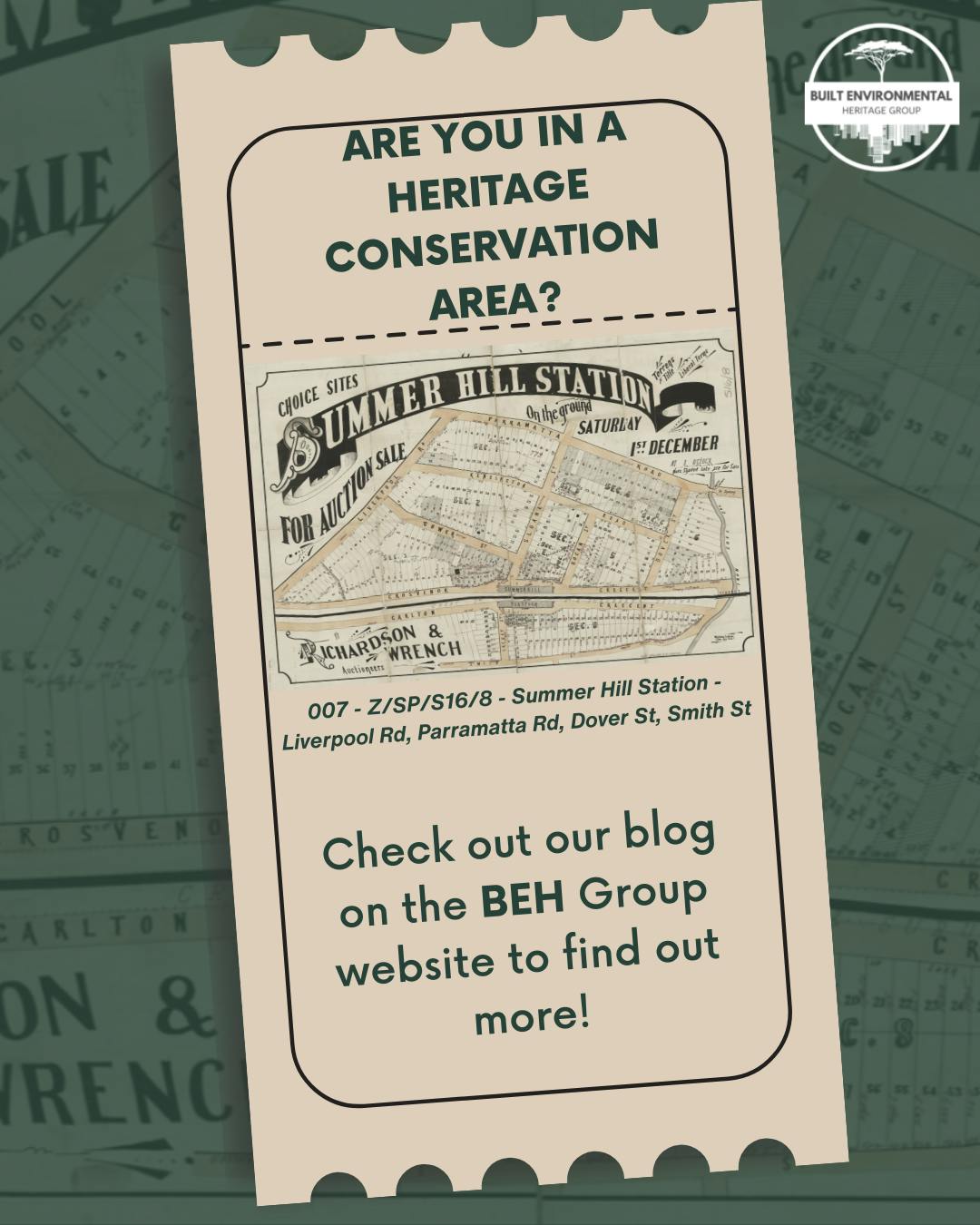What Is a Heritage Conservation Area?
Published: August 17, 2025
Share

Table of Contents
- 01
- 02
- 03
- 04
- 05
- 06
- 07
- 08
- 09
- 10
- 11
- 12
- 13
- 14
Heritage Conservation Area Explained
A Heritage Conservation Area, or an HCA (that those in the know like to call it), is a defined precinct, an area or neighbourhood that holds historical, architectural, or social significance. These areas are identified by councils in their Local Environmental Plans (LEPs) under the Environmental Planning and Assessment Act 1979.
How Do You Identify that you are in a Heritage Conservation Area
Councils designate HCAs in their LEPs, formally recognising areas with a distinctive character worth conserving. A good place to start if the NSW Planning Portal or you can contact us
Development Control Plans (DCPs) and their role in protecting character
LEPs are supported by Development Control Plans (DCPs), which provide detailed guidelines for development. These outline what changes are allowed, ensuring new works respect the scale, form, and style of the area. I will not lie, these are not easy documents to navigate or understand. This is where a Heritage Consultant like me comes into play to help guide and work with your designer to get a great result
Why Heritage Conservation Areas Matter
Heritage Conservation Areas protect not just individual buildings, but the broader historic patterns that shaped our suburbs.
Protecting subdivision patterns and street layouts
HCAs safeguard original street alignments and allotment sizes, helping retain the historic layout of neighbourhoods.
Architectural styles from Federation to post-war
From Federation cottages to Inter-War bungalows and post-war homes, HCAs celebrate the architectural diversity of Sydney and NSW suburbs.
Landscapes, gardens, and streetscape features
Trees, stone retaining walls, picket fences, and gardens all contribute to the character of an HCA. Protecting these features helps maintain a strong sense of place.
Living in a Heritage Conservation Area
Owning a property in a Heritage Conservation Area does not prevent you from renovating or modernising. Instead, it requires that changes respect the existing character.
Renovating a home in a conservation area
Additions are usually encouraged to be located at the rear of a dwelling, with new elements designed to be secondary to the original building.
Council requirements and planning controls
Councils often require the retention of street-facing features such as verandahs, chimneys, and rooflines. Materials and finishes should complement the original home, rather than dominate it.
Balancing modern living with heritage values
Guidelines such as the Burra Charter and the Sustainable Heritage Building Guide 2024 show that sustainability measures like solar panels and energy efficiency can be achieved without undermining heritage significance. Want to learn more? Listen to our Podcast "Merging Heritage with Contemporary Architecture"
https://open.spotify.com/episode/4miobcKeECIxSBVmYsBRL1?si=c4toap-BRa-GPi5pmbcrgQ&nd=1&dlsi=1ee61e0d47264960
Renovating or Buying in a Heritage Conservation Area
Key things buyers should know before purchasing
Buying an HCA comes with extra planning controls. Prospective buyers should carefully review heritage provisions in the LEP and DCP before committing.
The importance of heritage due diligence
Conducting due diligence ensures you understand what can and cannot be altered. This includes checking council records for previous approvals and constraints.
How a heritage consultant or lawyer can assist
Heritage consultants and lawyers can prepare Heritage Impact Statements, advise on planning controls, and help ensure compliance. This support is especially valuable if you’re considering major renovations or additions.
Living in a Heritage Conservation Area is a Legacy
Managing change without losing character
Heritage Conservation Areas are not about freezing places in time. They allow change to occur, but in a way that respects and enhances the existing character.
Why HCAs benefit both communities and future generations
By conserving these areas, communities retain their cultural identity, while future generations continue to enjoy the charm and history of our unique neighbourhoods.
Let’s Talk About Your Heritage Property
As a heritage consultant and lawyer, I work closely with property owners, buyers, and developers to make sense of the opportunities and challenges of owning a property in a Heritage Conservation Area. If you’d like guidance tailored to your property, I’d be delighted to help. Get in touch
Image Source: State Library 007 - Z/SP/S16/8 - Summer Hill Station - Liverpool Rd, Parramatta Rd, Dover St, Smith St
Updated: August 17, 2025
Published: August 17, 2025

